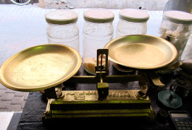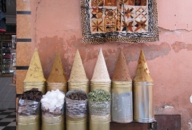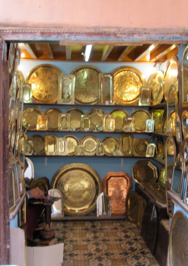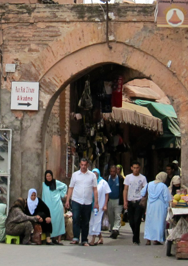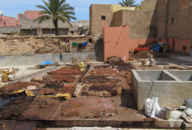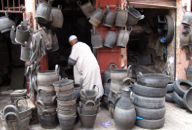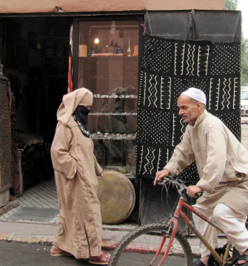Marrakech Medina
Marrakech
Morocco, NORTHERN AFRICA
May 5, 2010


Marrakech Medina
Marrakech
Morocco, NORTHERN AFRICA
May 5, 2010




How amazing to be able to compare Medinas in several of Morocco’s cities: Fès, Marrakech, Meknès, and Essaouira. The Medina in Marrakech, while it consists of old, narrow streets winding among the old structures of an old city, has more open spaces than the Medina of Fès. Like Fès, the Marrakech Medina is a living, breathing, historic wonder, where a devout Muslim population live, work, create, and shop. The souk is the market place for everything from food to hardware. Fès is more overtly religious, and consequently there are more inhabitants there wearing traditional dress and loose clothing. Some of the women are fully veiled, and in extremes, some even cover their hands with gloves and their feet with socks, although a smaller percentage of those who are traditionally dressed can also be seen in the Medina of Marrakech. In contrast to the Fès Medina, traffic in the Medina of Marrakech includes motorized traffic, as there are greater distances to cover. The police in Fès, where motorbikes and motorcycles are completely outlawed, would have confiscated these machines on their turf. In Marrakech, Henry and I learned to quickly step aside when we heard the roar of an approaching motorbike. In Fès, no alcohol was served; however, in Marrakech, there is no such restriction., and we could have wine with our meals. Both cities have made the portage of baggage a form of employment; however, in Marrakech, the route with push cart is limited by the width of the alleys. On arrival late at night, our porter had to finally abandon his cart half a block from our riad, in order to deliver the luggage to our destination. Life in the old parts of the city is fascinating to experience; and, staying within the walls of three of these old cities was very interesting, as it gave us a chance to immerse ourselves in the culture of Morocco!
PHOTOS: Left Column: 1. “Tannerie El Wafa Marrakechi”, a Berber tannery on the northeastern edges of the Medina, near Bab Debbagh, one of the many gates. 2. The portal between the Jamaa el-Fna and the narrow lane leading to Le Riad Monceau. Muslim women clad in colorful their hooded burnoose and head scarf were often found “hanging out” around this arch. 3. A display of spices at an herbalist stand set against the walls of the Medina. 4. A shop in the Medina specializing in containers made of the rubber of recycled tires. 5. Brass scales in a pharmaceutical shop. The pharmacist used a digital scale for practical purposes. Center, Top: Two women in traditional dress, each carrying a child tied onto her back. Center, Middle: The brightly colored and traditionally dressed Water Carrier making his way through the Medina of Marrakech, brass cups carried across his chest, and a goatskin bag of water carried on his back. Center, Bottom: Local residents of the Medina in Marrakech, going about their daily business. Right Column: 1. A donkey with its feet in a concrete bucket standing next to a 2-wheeled cart that carries leather cured in the tannery. 2. Jars filled with spices, fragrances, and pigments on the shelves of an herbalist in the Spice Souk of the Medina. 3. A shop specializing in brass in the Medina. 4. The very narrow alleyway leading to Le Riad Monceau, an elegant and traditional house.

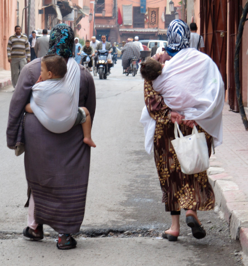
Life in the Old Town
